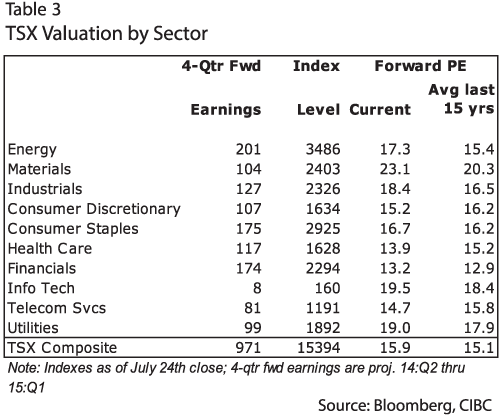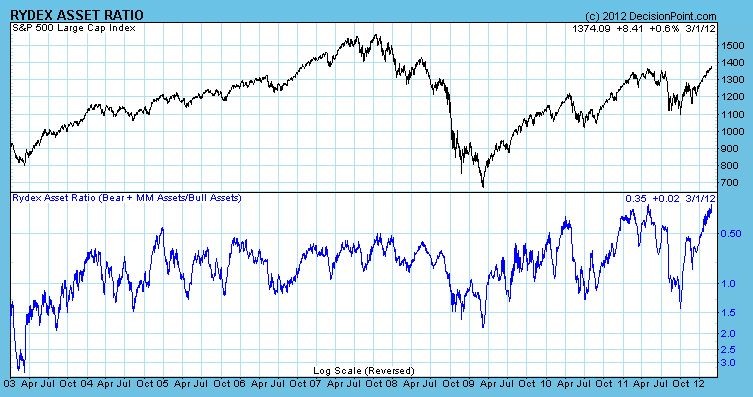Digging Deeper Into Global Investing Price
Post on: 29 Апрель, 2015 No Comment

Having recovered from the financial crisis, global stock and bond markets are no longer the bargain they once were, but the general economic backdrop and expectations for a pickup in earnings growth remain supportive for further possible gains, says Charles Shriver, manager of the T. Rowe Price Global Allocation Fund, a globally diversified portfolio investing in 19 equity, fixed income, and alternative strategies worldwide.
Stocks have transitioned from being undervalued to being at or above long-term valuation levels, with much of that coming from [price/earnings] multiple expansion, Mr. Shriver says. He also notes that the global economy remains sluggish and that corporate earnings will have to improve to support current valuation levels. Earnings trends are at low levels and susceptible to shifts in sentiment as well as external shocks, he says.
Some of the positive trends he sees around the globe include the impact of technology and automation in the workplace; the development of domestic energy sources such as shale gas; and rising urbanization and a growing consumer class in emerging markets, particularly Asia.
Key concerns in the global environment include the growth in central bank balance sheets; the rise of sovereign debt and persistent fiscal deficits; geopolitical risks; sluggish global growth, particularly in the developed world; regulatory risk in certain industries; and some countries’ inability to meet the needs of aging populations.
Against this backdrop, Mr. Shriver says the fund has moderated its overweight position in equities, bringing it closer to its 60% neutral allocation. In the U.S. equity market, the fund is underweight small-cap stocks, which Mr. Shriver says are more richly valued.
The fund has a modest overweight position in international equities, which are generally considered more attractively valued than the U.S. market. While we have stronger growth expectations for the U.S. relative to other developed markets, much of this is already reflected in current valuations, Mr. Shriver says. Outside the U.S. developed markets need to see continued economic recovery, and also improvement in earnings to serve as a catalyst to recognize that valuation opportunity.
The strategy favors emerging markets, in particular, which significantly lagged developed markets last year and got off to a rough start this year but performed well in the second quarter.
Emerging markets still offer attractive valuations, but there is likely to be greater differentiation across emerging markets over the next several years, both in terms of security selection and country allocation, Mr. Shriver says. Our managers see opportunities in sectors related to rising urbanization and a growing consumer class.
This should benefit such sectors as consumer discretionary and staples, information technology, and financials. Within emerging markets, the fund has reduced its exposure to energy and materials sectors, which are more directly affected by slower global economic growth and lower fixed asset investments in markets such as China.
Mr. Shriver says the fund is somewhat below its neutral weighting of 30% in bonds, which face a potential headwind of rising interest rates. Within the fixed income arena, the fund favors high yield and emerging market debt.
The fundamental backdrop remains supportive for high yield although we have moderated our overweight position, taking advantage of strong demand and liquidity, Mr. Shriver says. The likelihood of a recession is low, and many companies have successfully refinanced their debt in recent years, lowering their interest costs and lengthening maturities. The increase in merger and acquisition activity over the past year has been a positive contributor to performance, as lower-rated high yield companies have been acquired by higher-rated companies.

Mr. Shriver adds that emerging market bonds, like emerging market stocks, have rebounded this year but still offer attractive relative valuations, and several key markets have moved through their election cycles, which has reduced policy risk in those markets, giving us comfort in initiating a recent overweight to the sector.
The fund also has a 10% position in alternative strategies, which Mr. Shriver says complement a traditional stock and bond portfolio by improving diversification and potentially providing sources of return not typically captured through public markets.
In such a complex and diverse global economic and market environment, Mr. Shriver says it makes sense for investors to be globally diversified to take advantage of valuation disparities across markets and to potentially mitigate market volatility.
Diversification cannot assure a profit or protect against loss in a declining market. The fund is subject to general stock and bond market risks. Investing overseas generally carries more risk than investing strictly in U.S. assets due to factors such as currency risk, geographic risk, and emerging markets risk.
These risks are heightened for investments in emerging markets. The fund’s investments in alternative investments and hedge funds are difficult to value and monitor when compared with more traditional investments and may increase the fund’s liquidity risks.
The views are as of June 30, 2014 and may have changed since that time.














